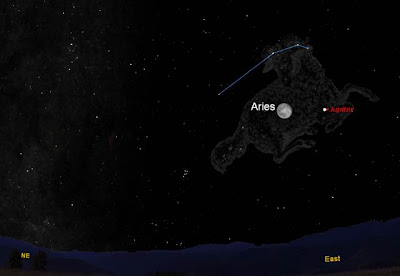More like angry bosses?
 Finding ways of injecting a little humanity into the workplace may be the current rage, as the digital revolution has ushered in a 24/7 work schedule for some. Employers may be hesitant to go so far as to install nap rooms in the office, but the merits of allowing workers to catch a short nap have long been made plain -- a 1995 NASA study that found a 26-minute nap improved performance 34 percent and alertness 54 percent.
Finding ways of injecting a little humanity into the workplace may be the current rage, as the digital revolution has ushered in a 24/7 work schedule for some. Employers may be hesitant to go so far as to install nap rooms in the office, but the merits of allowing workers to catch a short nap have long been made plain -- a 1995 NASA study that found a 26-minute nap improved performance 34 percent and alertness 54 percent.
Such constructive work/life balance offerings are one thing. But endless "Angry Birds" playing, however, is quite another. Struck by prior studies that investigated the workplace time (and therefore money) suck that is the annual ritual of the NCAA college basketball tournament, Alexis Madrigal, a senior editor at The Atlantic, did the same calculation for the mobile phone video game, Angry Birds.
Are You Addicted To Angry Birds?
 Finding ways of injecting a little humanity into the workplace may be the current rage, as the digital revolution has ushered in a 24/7 work schedule for some. Employers may be hesitant to go so far as to install nap rooms in the office, but the merits of allowing workers to catch a short nap have long been made plain -- a 1995 NASA study that found a 26-minute nap improved performance 34 percent and alertness 54 percent.
Finding ways of injecting a little humanity into the workplace may be the current rage, as the digital revolution has ushered in a 24/7 work schedule for some. Employers may be hesitant to go so far as to install nap rooms in the office, but the merits of allowing workers to catch a short nap have long been made plain -- a 1995 NASA study that found a 26-minute nap improved performance 34 percent and alertness 54 percent.Such constructive work/life balance offerings are one thing. But endless "Angry Birds" playing, however, is quite another. Struck by prior studies that investigated the workplace time (and therefore money) suck that is the annual ritual of the NCAA college basketball tournament, Alexis Madrigal, a senior editor at The Atlantic, did the same calculation for the mobile phone video game, Angry Birds.
The process derives from a formula invented by the Chicago consulting firm, Challenger, Gray & Christmas. According to the calculations, Gray says, $1.516 billion is lost each year in wages over the wing-enhanced pillaging of worker productivity.
In doing his math, Madrigal, who is currently a visiting scholar at the University of California, Berkeley, made use of the stat that Americans cumulatively devote 200 million minutes a day to those avian avengers. That figure came from a survey conducted by the market research firm, Ask Your Target Market. The data is based on interviews with a representative pool of 500 American workers.
There may be some good news to the game playing. As an article on the website The Star Online points out, half the 500 people polled by AYTM said the game helped them to unwind and relax, and even improved their mood and gave them joy. Such a reaction is even bolstered by a 2009 study conducted by Leonard Reinecke of the University of Hamburg published in CyberPsychology and Behaviour, which found that "individuals with higher levels of work-related fatigue reported stronger recovery experience during gameplay."
In doing his math, Madrigal, who is currently a visiting scholar at the University of California, Berkeley, made use of the stat that Americans cumulatively devote 200 million minutes a day to those avian avengers. That figure came from a survey conducted by the market research firm, Ask Your Target Market. The data is based on interviews with a representative pool of 500 American workers.
There may be some good news to the game playing. As an article on the website The Star Online points out, half the 500 people polled by AYTM said the game helped them to unwind and relax, and even improved their mood and gave them joy. Such a reaction is even bolstered by a 2009 study conducted by Leonard Reinecke of the University of Hamburg published in CyberPsychology and Behaviour, which found that "individuals with higher levels of work-related fatigue reported stronger recovery experience during gameplay."
Are You Addicted To Angry Birds?
Qouted from AYTM




